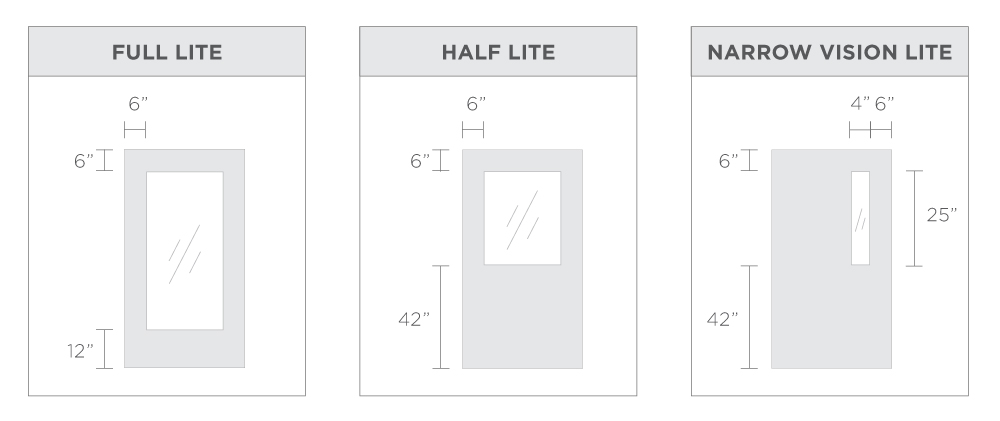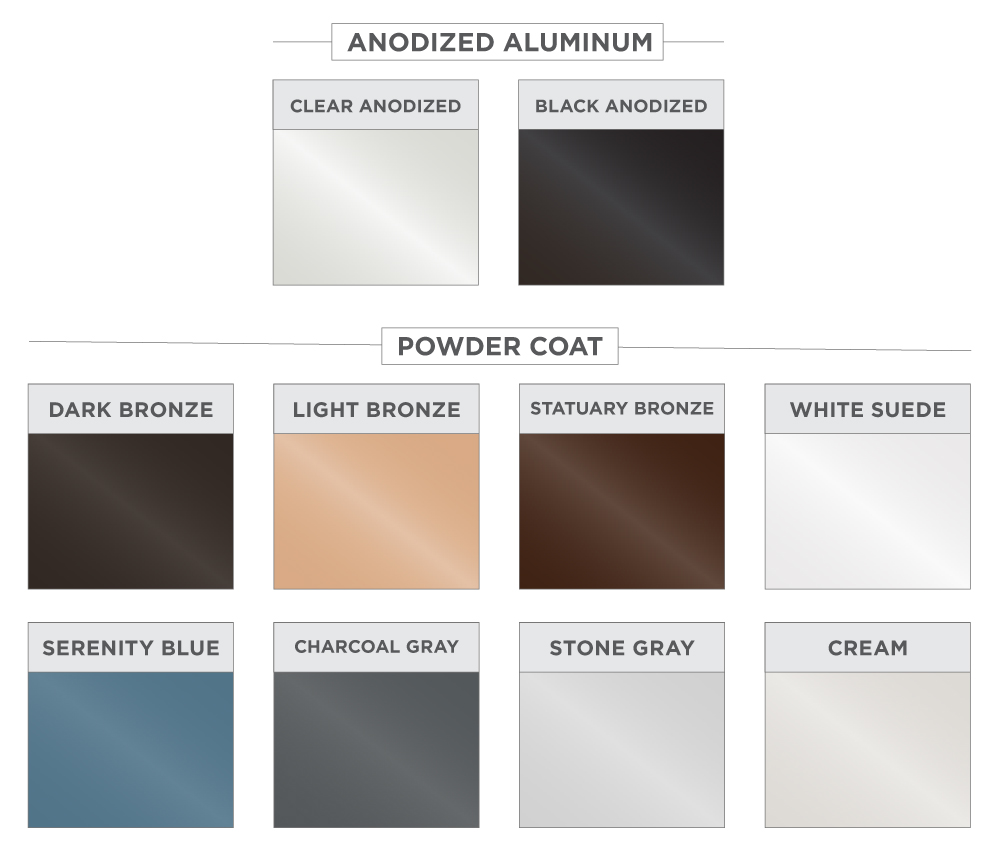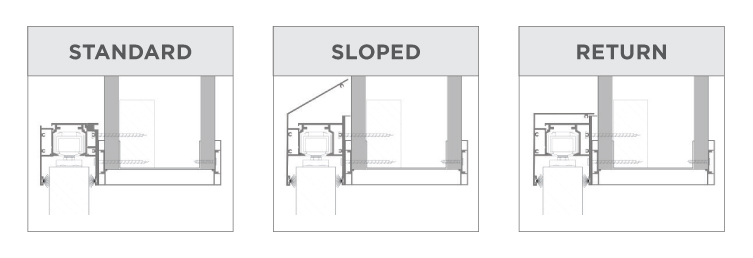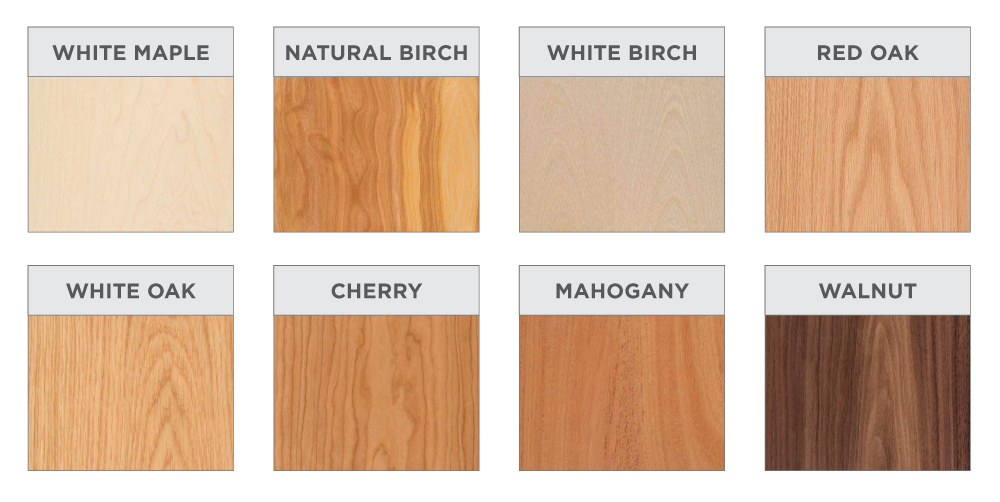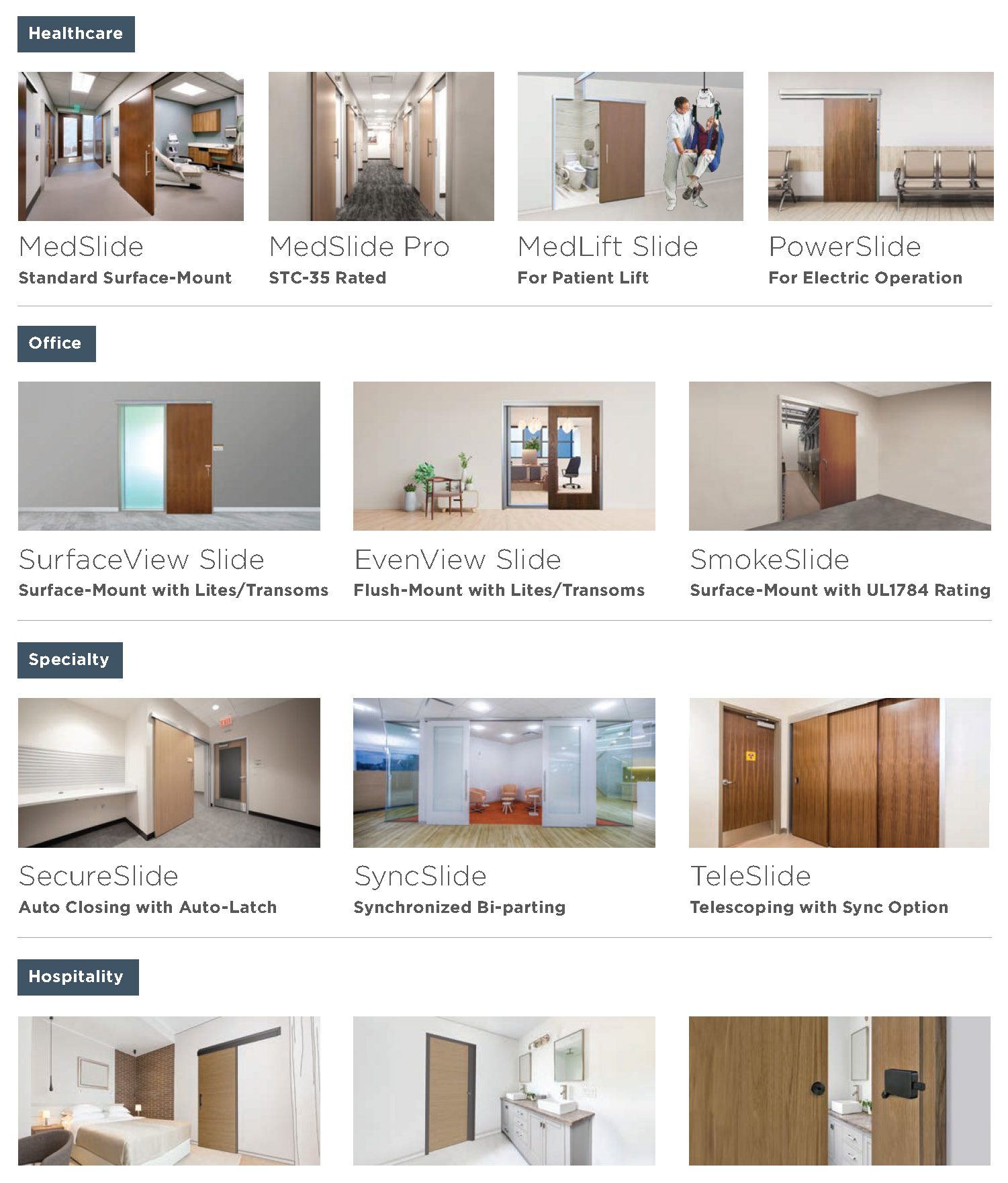How to Choose the Best Medical Sliding Doors for Your Healthcare Facility
In the fast-paced environment of healthcare facilities, the importance of creating a functional and efficient space cannot be overstated. One of the key elements that contribute to this efficiency is the choice of the right Medical sliding doors. These doors not only enhance the aesthetic appeal of healthcare settings but also play a crucial role in facilitating smooth movement in high-traffic areas like emergency rooms, operating theaters, and patient wards. Selecting the best Medical sliding doors involves a careful assessment of various factors such as durability, safety features, accessibility, and advanced technology options. In this blog, we will explore essential considerations and tips to help you make an informed decision, ensuring your facility provides the utmost convenience for both patients and staff while aligning with regulatory standards and operational needs.
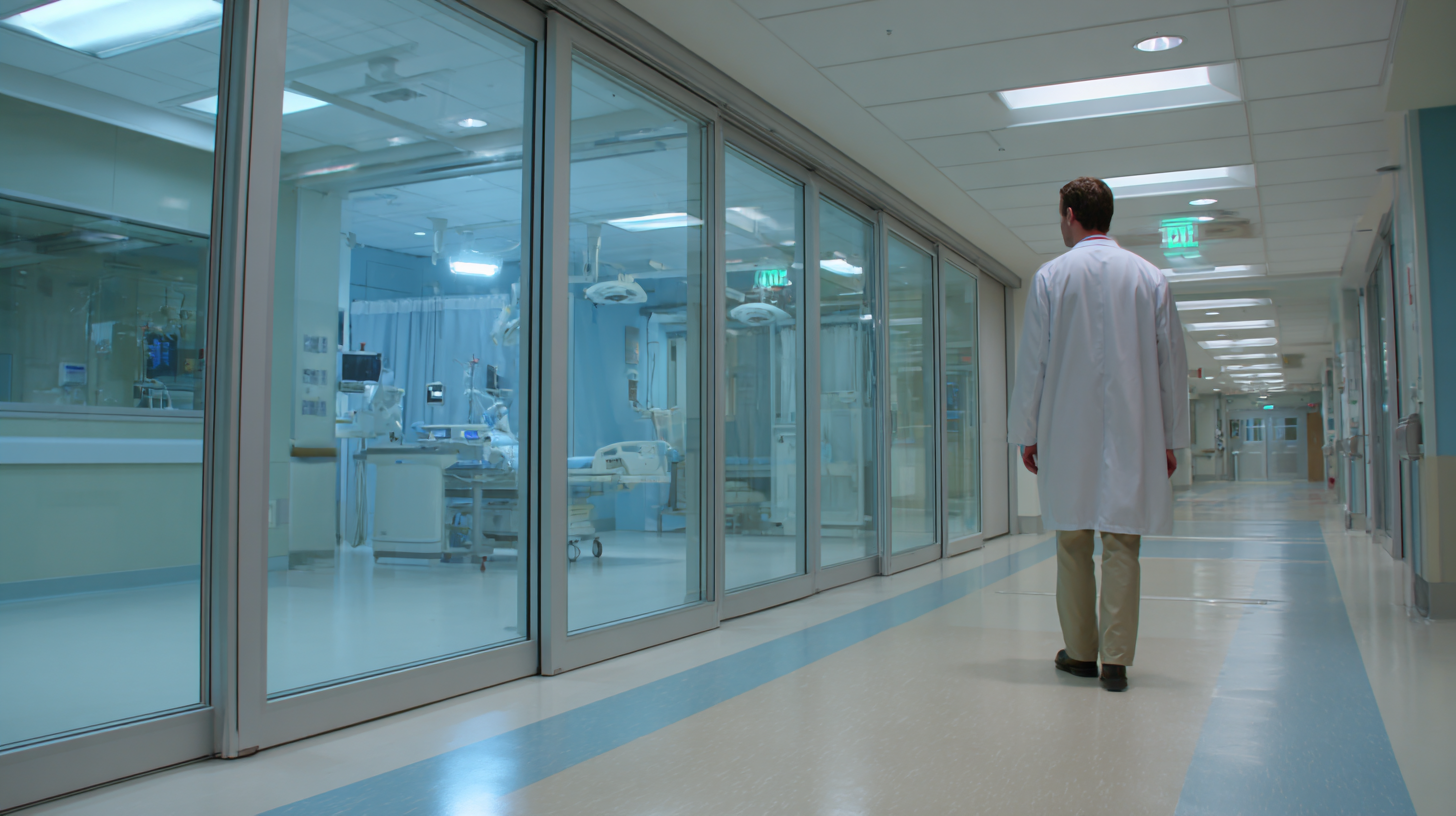
Factors to Consider When Selecting Medical Sliding Doors for Healthcare Environments
When selecting medical sliding doors for healthcare environments, several critical factors must be taken into account to ensure both functionality and safety. Firstly, the door's material is paramount; stainless steel is often preferred for its durability and ease of cleaning, as it helps maintain high hygiene standards crucial in healthcare settings.
According to a report by the Healthcare Design Institute, over 25% of hospital infections are linked to the surfaces and environments patients interact with, highlighting the importance of easily sanitized materials in door design.
Another key consideration is the door's operational efficiency. Automatic sliding doors are becoming increasingly common, as they minimize contact with surfaces and facilitate the smooth transition of patients and staff. A study by the American Institute of Architects indicates that facilities with automatic sliding doors can improve traffic flow by up to 30%, enhancing emergency response times. Additionally, it is essential to evaluate the door's sound insulation capabilities; a quiet environment is critical in patient recovery, making noise-reducing designs a priority in many healthcare facilities.
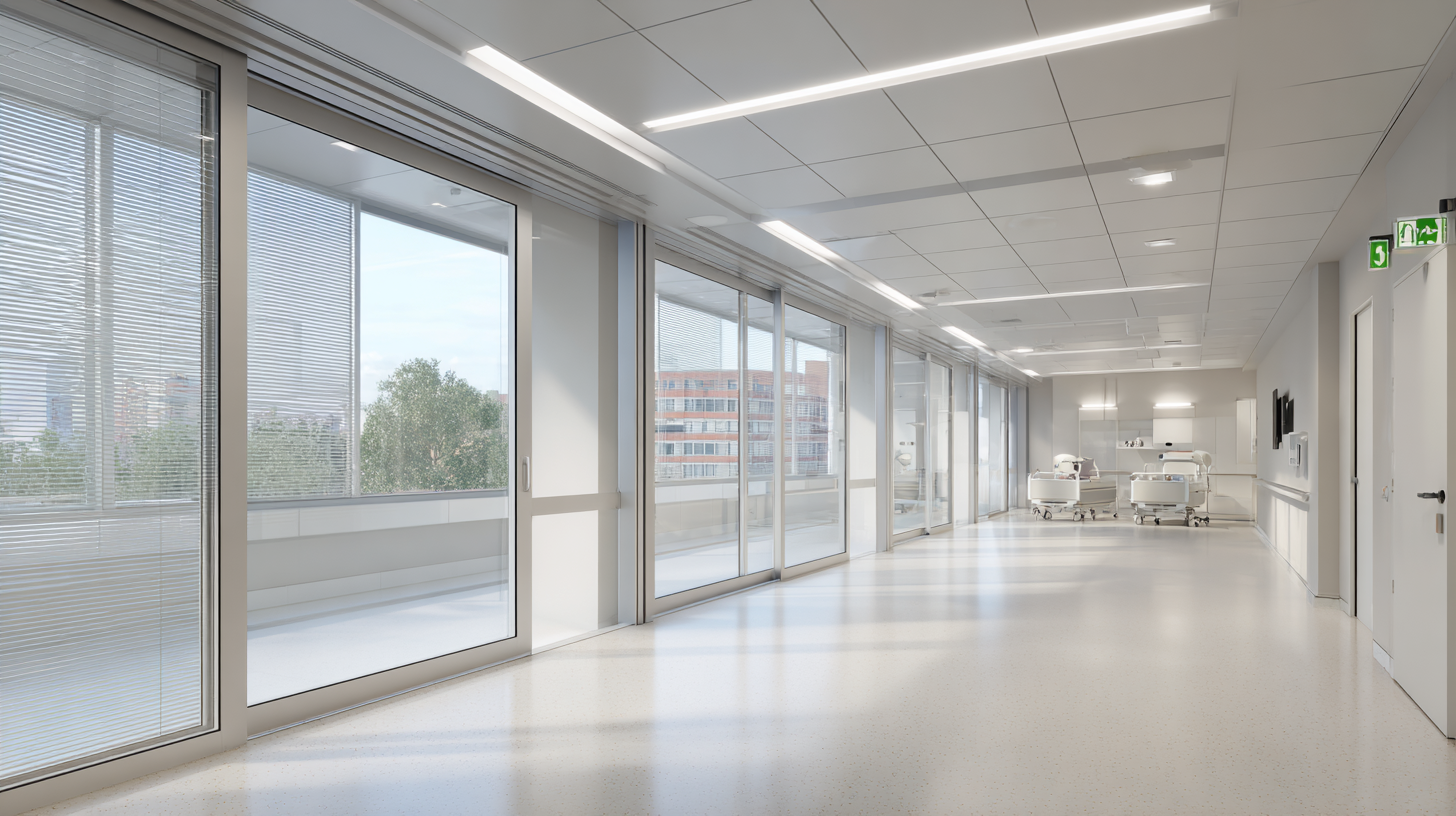
The Importance of Door Automation in Enhancing Patient Flow and Safety
In healthcare facilities, the efficiency of patient flow is critical, and door automation plays a pivotal role in enhancing that flow. Automated sliding doors facilitate seamless access, allowing patients and healthcare staff to move quickly and safely through various areas of the facility. This is particularly important in urgent care situations where every second counts. By minimizing the need for manual operation, these doors reduce the risk of infection and the likelihood of accidents, creating a safer environment for all.
Additionally, the integration of automated doors contributes to overall patient safety and comfort. In settings where privacy is paramount, such as examination rooms and specialty clinics, automated doors can provide discreet access without compromising the dignity of patients. Furthermore, these systems often include safety features such as motion sensors and emergency overrides, ensuring that doors operate efficiently while prioritizing the well-being of individuals. By selecting the right medical sliding doors for a healthcare facility, administrators can significantly enhance both patient experience and operational efficiency, ultimately leading to better health outcomes.
Impact of Door Automation on Key Metrics in Healthcare Facilities
This chart illustrates the improvement in patient flow, safety, and operational efficiency after implementing automated sliding doors in healthcare facilities.
Evaluating Different Materials for Medical Sliding Doors: Durability vs. Aesthetics
When selecting the best medical sliding doors for a healthcare facility, it's crucial to evaluate the materials used in their construction, balancing durability and aesthetics. Healthcare environments require doors that can withstand heavy usage while maintaining a clean and professional appearance. Materials such as stainless steel and aluminum are popular choices due to their resistance to corrosion, impact, and high traffic. These materials provide a long lifespan and require minimal maintenance, making them practical for busy healthcare settings.
On the other hand, aesthetics play an equally important role in creating a welcoming atmosphere for patients and visitors. Many facilities opt for glass sliding doors, which offer a modern look and can enhance visibility and natural light in the space. However, it is essential to choose tempered or laminated glass to ensure safety and durability. The choice of finish, color, and design should also align with the overall decor and functionality of the healthcare environment, promoting an inviting atmosphere without compromising on performance. By carefully considering these aspects, facilities can find the perfect balance between durability and aesthetics in their sliding door selections.
Understanding Fire and Safety Regulations Impacting Medical Door Choices
When selecting medical sliding doors for healthcare facilities, understanding fire and safety regulations is crucial. According to the National Fire Protection Association (NFPA), healthcare facilities must comply with rigorous standards to ensure patient and staff safety. For instance, the NFPA 101 Life Safety Code emphasizes the importance of fire-rated doors in designated areas, such as corridors and patient rooms, to prevent the spread of smoke and fire. This means that the materials and design of the doors must meet specific fire-resistance ratings to protect lives.
**Tip:** Ensure that the sliding doors you choose are compliant with local fire codes and are installed by certified professionals. Regular maintenance checks are also essential to assess the door's firewall capabilities.
Additionally, the Americans with Disabilities Act (ADA) requirements should also be considered when choosing medical sliding doors. Facilities must ensure that the doors have appropriate accessibility features, which can also impact fire safety protocols. Hollow metal doors or those with glass panels can provide visibility while still adhering to safety standards.
**Tip:** Consult with a fire safety expert to evaluate your facility's layout and determine the best door solutions that provide both accessibility and compliance with fire regulations.
How to Choose the Best Medical Sliding Doors for Your Healthcare Facility - Understanding Fire and Safety Regulations Impacting Medical Door Choices
| Dimension | Standard Regulation | Material Options | Safety Features | Recommended Usage |
|---|---|---|---|---|
| Single Door | NFPA 101 | Aluminum, Glass | Fire Rated, Emergency Release | Patient Rooms |
| Double Doors | IBC Code | Stainless Steel, Composite | Fire Stop, Automatic Lock | Surgery Suites |
| Sliding Door | ANSI/BHMA A156.10 | Glass, PVC | Photoelectric Sensors, Soft Close | Main Entrance |
| Automatic Door | ADA Compliant | Aluminum, Glass | Safety Sensors, Emergency Override | High Traffic Areas |
Cost-Effectiveness: Balancing Quality and Budget in Medical Sliding Door Selection
When selecting medical sliding doors for healthcare facilities, balancing quality and budget is crucial. According to a report by the Healthcare Design Institute, over 60% of healthcare professionals prioritize durability and ease of maintenance in their door selections. This consideration is vital since high-traffic environments require doors that can withstand frequent use while still functioning effectively. Investing in quality materials can minimize long-term costs related to repairs and replacements, ensuring the facility runs smoothly.
Tip 1: Consider doors with high-level ratings for durability. Products certified to withstand rigorous healthcare demands often have lower life-cycle costs, making them a sensible choice for budget-minded facilities.
Another significant factor is energy efficiency. A study by the American Institute of Architects indicates that proper door systems can contribute to energy savings of up to 30%. This not only reduces operational costs but also promotes a comfortable environment for patients and staff.
Tip 2: Look for sliding doors with thermal insulation properties. These options may have a higher upfront cost but can lead to substantial savings on heating and cooling over time.
A strategic approach to selecting medical sliding doors involves evaluating both initial costs and long-term benefits, fostering a balance that supports both quality patient care and financial sustainability.
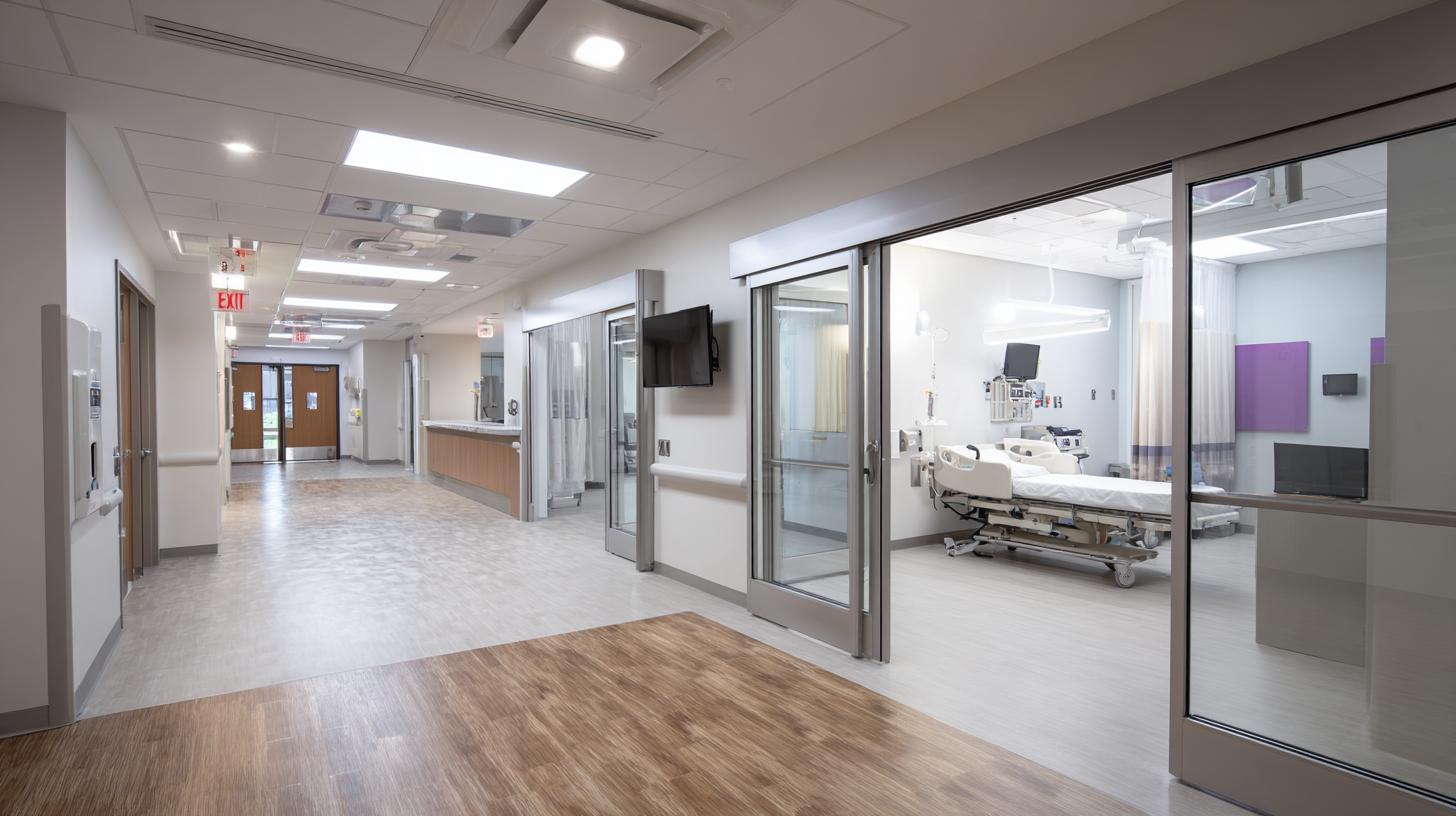
Related Posts
-

7 Key Insights to Choosing the Best Medical Sliding Doors for Your Facility
-
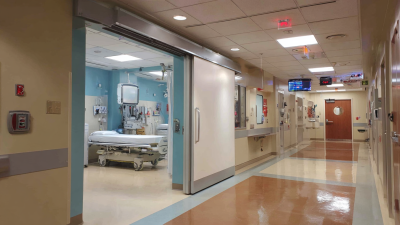
The Ultimate Guide to Choosing the Best Medical Sliding Doors for Your Facility
-
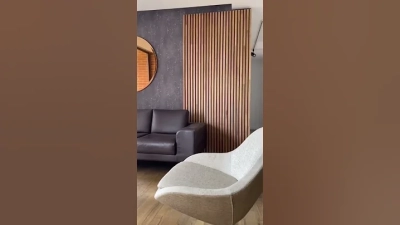
Innovative Strategies for Sourcing Medical Sliding Doors Globally
-

Discovering High Quality Suppliers for Medical Sliding Doors in a Global Market
-
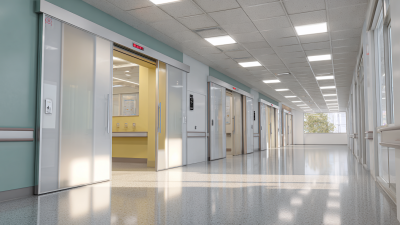
10 Must Know Benefits of Best Medical Sliding Doors for Healthcare Facilities
-

Solutions for Enhanced Privacy with Soundproof Sliding Doors

